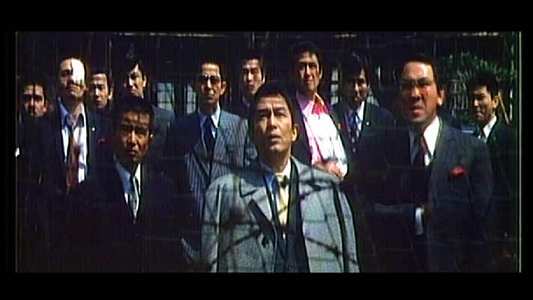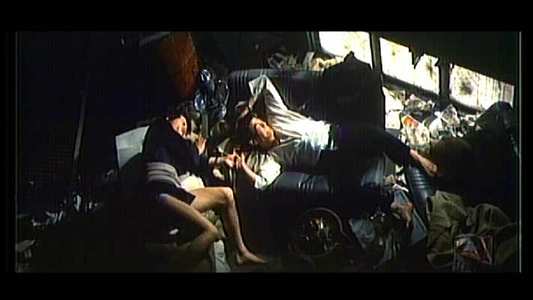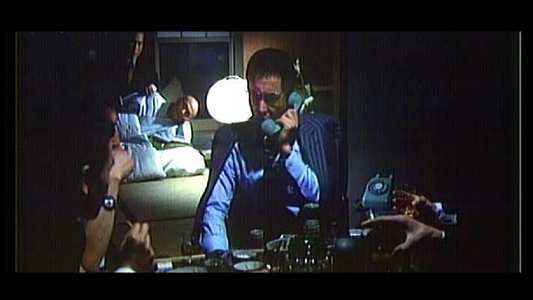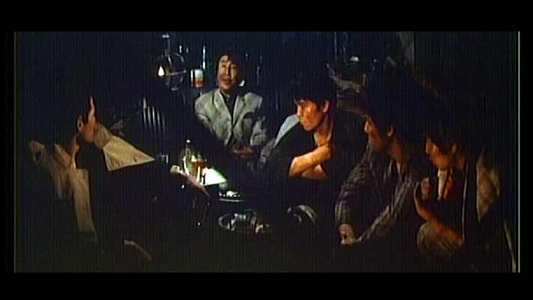Review of Street Mobster
Introduction
This was one of Kinji Fukasaku`s first films, made in 1972, and this is the template from which Cops vs Thugs and Graveyard of Honour derived from.
Street mobster Isamu Okita likes fighting and girls, and is just out of prison for killing a rival in a bath-house. On release, he finds things have changed: the old gangs no longer have the power they once enjoyed. So he teams up with Kizaki, an aspiring gangster who suggests he revive his old gang to take on existing mobs and claim their territory.
They challenge the Yato gang and end up being recruited into the gang when their leader is impressed by their fighting skills. With Okita`s help, Yato crushes the Takigawa gang and an alliance is formed. But the outcome is not to Okita`s liking - things are way too peaceful. The peace is shattered, however, when rival leader, Owada, joins the alliance. After a terrible display of disrespect towards Owada, Okita and his men are banished from the gang. Okita initiates a guerilla war between the mobs - with devastating and deadly consequences for all.

Video
1.78:1 Anamorphic Widescreen. The visuals are fairly well defined, and although the palette is used satisfactorily, the odd compression sign and quite regular occurence of dust and grain mark this down, but I have indeed seen worse.
Fukasaku is renowned for his no-nonsense approach to violence: the more brutal it is, the more provocative it is for the audience. Street Mobster is a story of violence, revolving around gang mentality, therefore the on-screen bloodshed can be sudden yet still powerful - the main draw to this film.

Audio
Dolby Digital Mono (Japanese). Playing through the front channel, this is pretty lacklustre during any scenes of action or music. Although the dialogue is crisp and clear, a surround soundtrack would have enhanced the viewing experience quite considerably.
Althogh the action might keep viewers entertained, scenes in between any gunfights become boring, to put it bluntly. However, I`m sure that for people who enjoy Japanese culture will find something to keep them occupied, as this is definitely a made by Japanese for Japanese film.
The English subtitles are clear and well timed.

Features
All that is on offer is a profile of the director (static pages of course) and about a dozen stills from the film. The former is interesting, but the second is very basic. Where is the commentary track and making-of feature? Obviously on a well put together disc...
The menus are static with music playing in the background. They are easy to navigate.

Conclusion
Like I said before in my reviews for other films from Fukasaku, it is good, yet there are too many narrative `plods` so to speak - by this I mean there are good parts, but then there are parts where the narrative plods along slowly, leaving many viewers wanting to hit `Stop` no doubt.
Yes, it is violent, and yes, the style of the film may not suit people nowadays. However, underneath a bloody and somewhat excessive façade lies a good concept. One to give a go, but be warned - this will entertain some yet make others hate its celluloid guts.
The latter can be said for the disc itself, as the presentation is average at best, and the extras are nearly non-existent.
Rental only, due to a combination of an average film and a weak disc, unless you are a Kinji Fukasaku avid fan.
Your Opinions and Comments
Be the first to post a comment!